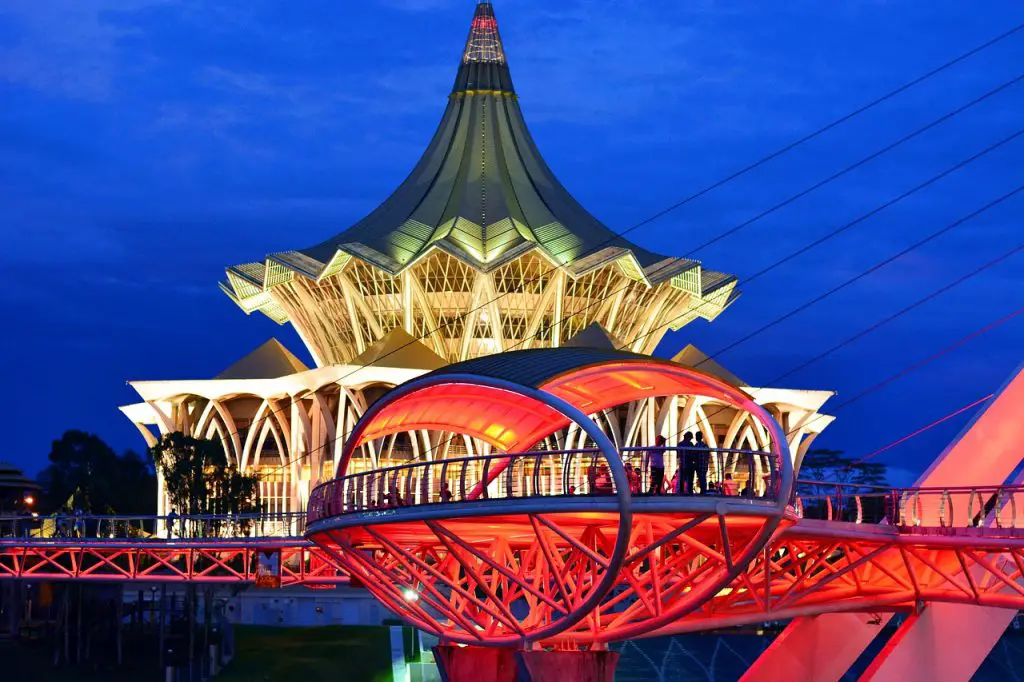Back in the olden days of Borneo, exhumation of the dead were common in Sarawak culture, especially among the Kenyah and Murut, for secondary burial purposes.
They usually waited until the body had fully decomposed. Then they would clean the bones and subsequently put them in a jar.
Another common reason for exhumation recorded in Sarawak was to relocate the dead bodies of military personnel buried after World War II.
But here is one reason for exhumation that is the stuff of Malaysian horror movies; a disturbing tale of desecrating the dead for charm purposes.
Digging up the dead to create a charm
In a Dec 7, 1949 article published in The Sarawak Gazette, George Jamuh told a story of how the grave of a first-born child, preferably a male, would be opened up the night of their burial.
Then, the perpetrator would hold the dead child in both hands and swing the body to and fro for some time until the strain would force the tongue to show.
George wrote, “This was the most frightening part of the performance as it was believed that all the cemetery spirits stood to watch the brave effort made by one not of their kin.”
And here comes the disturbing part of the story. According to George, the tongue must then be bitten off and tiny morsels of it obtained to be preserved in a certain mixture of oils that had been prepared with a spell.
Later, this preserved tongue would be used as a charm – usually for theft during broad daylight.
“Occasionally one hears stories of a thief walking into a house and asking for the key from the occupant and, after thoroughly ransacking the house, going off again the way he came, and not till some time afterwards would the alarm be given.
“The victim, it is said, cannot move and shout because of the spell whispered and blown by the thief who has the bitten-off piece of tongue inside his mouth during the whole period.”
This story might be just an urban legend from 1940s Sarawak as he said that the details of this particular exhumation were acquired from information given in various districts and at different times over a period of years.
Nonetheless, George noted that although there may be little truth to the taking of the infant’s tongue for a charm, he believed that the exhumation ceremony and biting off of the tongue were authentic.


























































